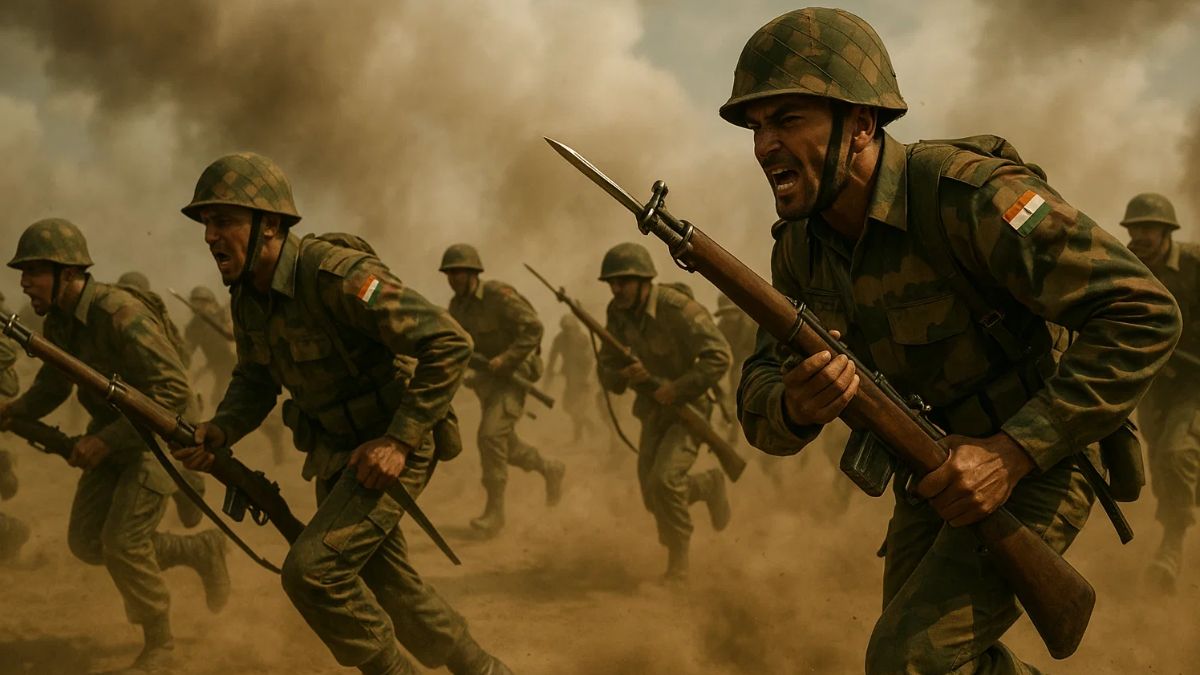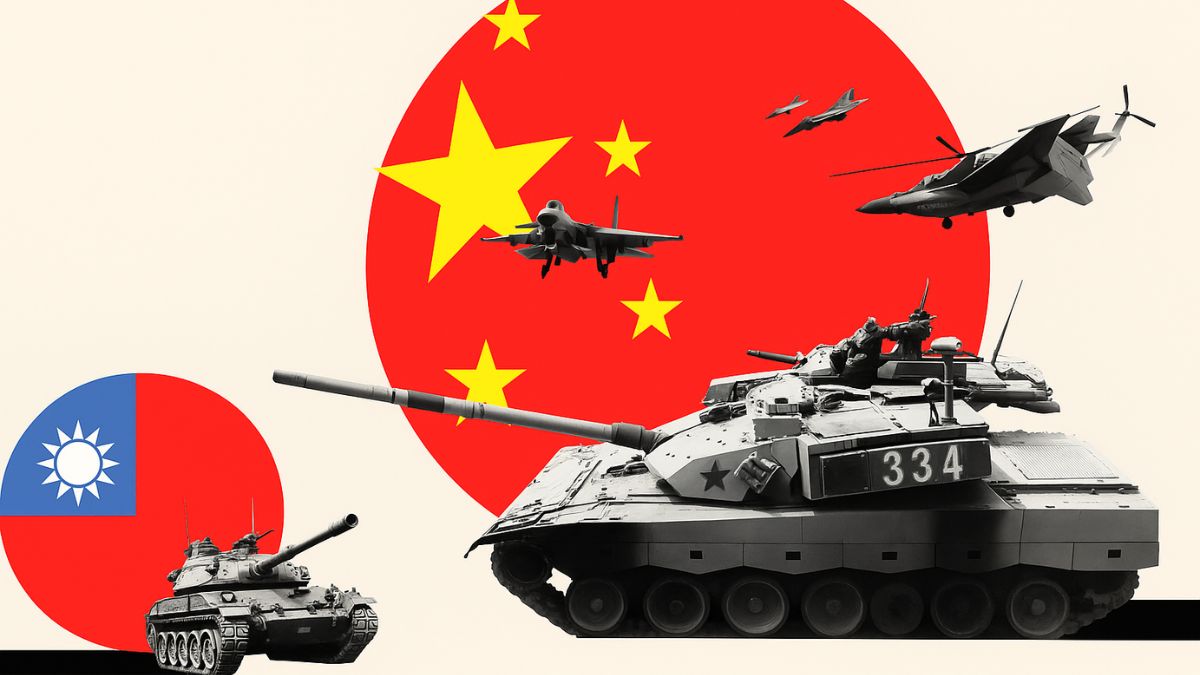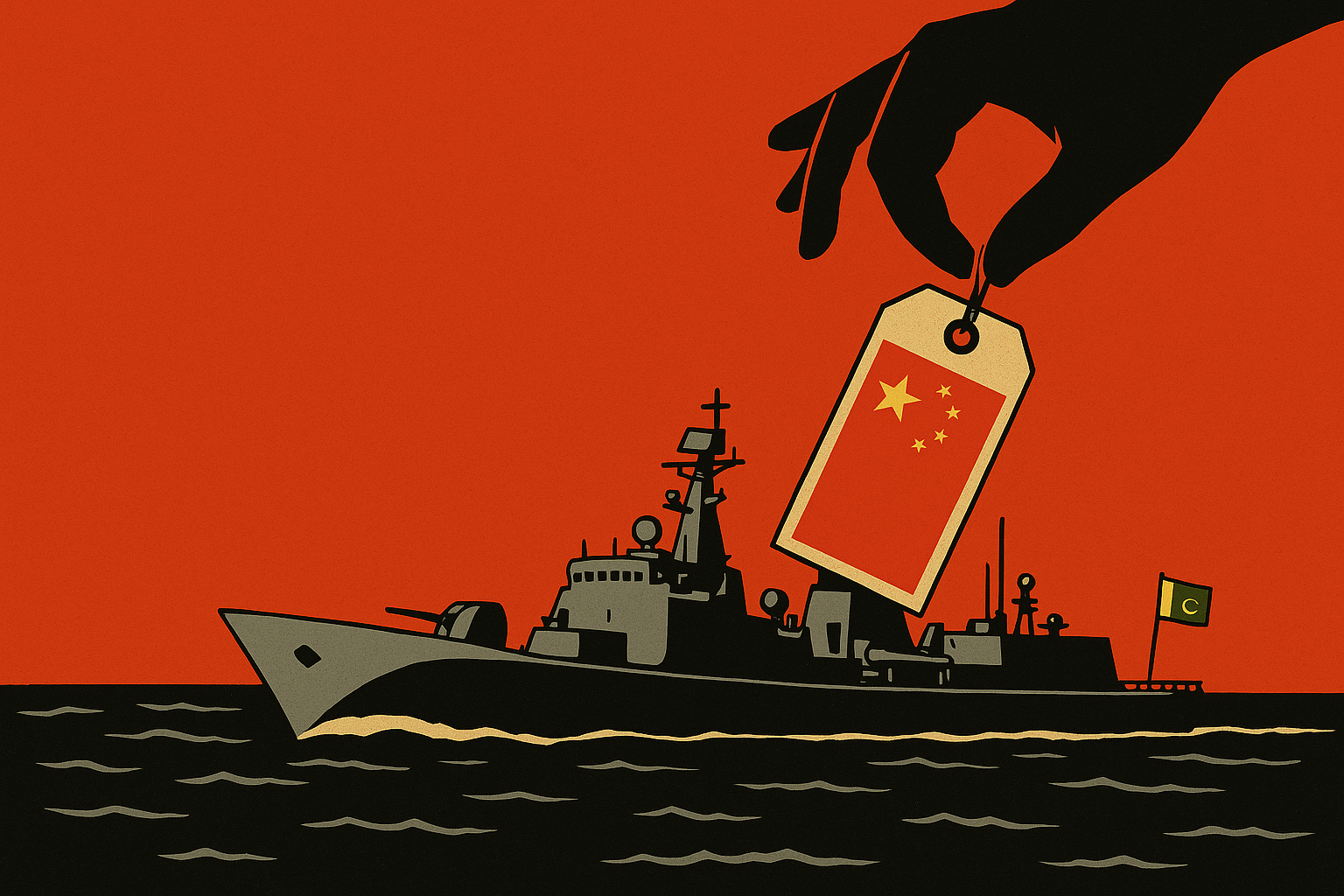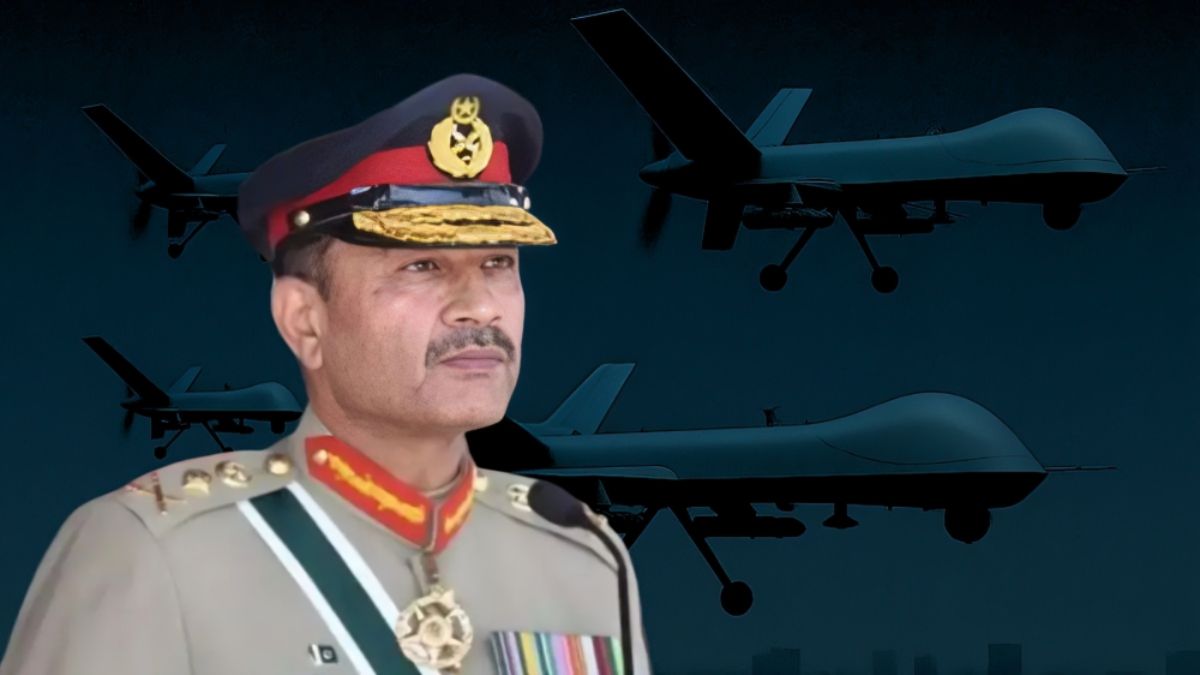The Real 6-0 Score: India’s Story Of Endurance And Victory Over Pakistan In Six Conflicts

India has emerged victorious in six conflict against Pakistan: the real 6-0 score. Image courtesy: AI-generated picture via Sora
“History remembers not the victories of the sword, but the strength of the human spirit to endure.”
When the British Empire withdrew in 1947, it left behind not just two new nations but a rivalry written in fire. India and Pakistan, born of Partition, were destined to collide repeatedly across borders, mountains, and rivers. At the heart of their struggle lay Kashmir; a land of snow peaks and green valleys, sacred to both and claimed by each. Not every victory was absolute, not every outcome total, but across six wars, India frustrated Pakistan’s designs, defended its sovereignty, and emerged standing taller. Each time Pakistan sought to redraw the map, India held the line, and often pushed it back.
The First War (1947–48), began with Pakistani proxy tribal raiders descending on Kashmir, only to be hurled back from Srinagar as the tricolour rose high.
The Second War (1965), saw tanks thunder in Punjab and soldiers clash on Himalayan ridges, ending with India in Command of the battlefield.
The Third War (1971), broke Pakistan apart, birthing Bangladesh in a lightning campaign.
The Fourth Clash (1999), Kargil, tested India’s resolve yet again, as Pakistani soldiers in disguise crept onto frozen heights, and were driven off ridge by ridge.
The Fifth Standoff (2001–02), a crisis born of terror, saw armies mass on the frontier, with Indian posture forcing Pakistan to step back without firing a decisive shot.
And the Sixth Conflict (2025), a battle not yet written but imagined in the minds of strategists, would remind the world that the rivalry endures, but the balance remains unchanged.
Throughout the course of these conflicts, the outcome was consistently reflected as follows: India 6 – Pakistan 0.
The inaugural Kashmir War commenced on 22 October 1947, when tribal militias, supported by Pakistan, infiltrated Jammu and Kashmir, capturing municipalities such as Muzaffarabad and Baramulla, while progressing towards Srinagar. Confronted with the imminent disintegration of his authority, Maharaja Hari Singh executed the Instrument of Accession on 26 October, thereby formally integrating the state into India. The subsequent day witnessed the airlift of Indian troops to Srinagar through a remarkable operation, securing the precariously held airstrip and reversing the momentum against the assailants. Combat operations proliferated throughout the Valley, Jammu, Poonch, and Ladakh, as the nascent Indian Army triumphed. In India’s assessment, the conflict constituted a defensive triumph: Srinagar was preserved, the accession was affirmed, and the nascent Indian Army demonstrated its fortitude. This conflict encapsulated the inaugural chapter of a protracted struggle, wherein India successfully defended Kashmir and claimed victory, thus narrating the tale of 1-0 against Pakistan.
The conflict that commenced in August 1965 was initiated by Pakistan’s clandestine Operation Gibraltar, which sought to infiltrate the regions of Jammu and Kashmir utilizing armed insurgents. Contrary to instigating an insurrection, the infiltrators were effectively thwarted by the collective determination of the local populace in conjunction with the Indian Armed Forces. In response, India undertook decisive military maneuvers, seizing pivotal positions along the Cease-Fire Line, including strategically significant heights in Uri-Poonch and the Hajipir Pass, thereby successfully obstructing further incursions. Upon the initiation of Operation Grand Slam by Pakistan on 01 September, the Indian Army effectively countered the offensive. By the time the ceasefire took effect on 23 September, India had secured a substantial strategic advantage. Pakistan’s attempts to capture Kashmir or achieve any enduring territorial acquisitions were unsuccessful, while Indian forces had inflicted greater casualties and equipment losses upon the adversary. From the perspective of India, the conflict reaffirmed its military fortitude. Consequently, the Second Indo-Pak War marked yet another chapter in India’s military triumphs, which now stood at 2-0 against Pakistan.
The Third War (1971) precipitated the fragmentation of Pakistan, culminating in the establishment of Bangladesh through a rapid military campaign. Pertinently, the military offensive in East Pakistan had unleashed a profound humanitarian crisis, resulting in millions seeking refuge in India. Genocide by Pakistan Military, the plight of refugees, and widespread disorder compelled India to act expeditiously. When hostilities ultimately commenced in December 1971, Indian armed forces initiated a rapid military campaign. The Army advanced on multiple fronts into East Pakistan; the Air Force attained air superiority within a matter of days; and the Navy delivered the most decisive strike of all. Within a mere thirteen days, Dhaka capitulated, and 93,000 Pakistani soldiers surrendered, marking the largest capitulation since World War II. A new sovereign entity, Bangladesh, emerged. India advanced decisively: 3–0 against Pakistan.
Three decades thereafter, Pakistan military personnel and proxy forces, once again endeavored to recalibrate the strategic equilibrium in Kashmir during the winter of 1998 and infiltrated Kargil, Drass, and Batalik, with the strategic objective of asserting control in the area. Pakistan’s Northern Light Infantry, bolstered by artillery support, orchestrated incursion inside Indian territory, despite the recent Lahore Declaration which had ostensibly committed both nations to peace. India reacted with alacrity through the execution of Operation Vijay and Operation Safed Sagar, successfully reclaiming its pivotal peaks. On the international front, Pakistan encountered considerable isolation and was forced to accept an unconditional withdrawal. By July 26, all infiltrators had been expelled. For Pakistan, the conflict represented a profound humiliation; conversely, for India, it served as yet another illustration of valor, strategic acumen, and resilience, further enhancing the tally to 4–0.
Following the assault on the Indian Parliament on December 13, 2001, India underscored Pakistan’s clandestine support for jihadist organizations, explicitly associating the entities of Lashkar-e-Taiba and Jaish-e-Muhammad with the incident and accentuating the involvement of the Inter-Services Intelligence (ISI). Confirmatory evidence from Western intelligence agencies indicated that Pakistan had extended both training and logistical assistance citing Pakistan’s culpability. The imposition of international pressure, compelled President Musharraf to publicly denounce extremist factions and impose a prohibition on five jihadist organizations. India, once again, through a meticulously disciplined strategy, strategic forbearance, effectively coerced Pakistan into submission, reminiscent of a score of 5-0.
In May 2025, following Pakistan-based terrorist attack in Pahalgam on 22 April 2025, India launched Operation Sindoor, a rapid, high-precision and decisive military response against the terrorist infrastructure in Pakistan. By successfully engaging both terrorist infrastructures and the military apparatus between 07-10 May 25, India once again bolstered its deterrent stance while concurrently implicating Pakistan in the perpetuation of cross-border terrorism achieving a 6-0 victory.
Over the course of nearly eight decades, India’s interactions with Pakistan reveal a discernible pattern characterized by resilience, strategic clarity, and a calibrated military approach. From the commencement of the First Kashmir War to the execution of Operation Sindoor, each military engagement with Pakistan and its proxy terrorists has persistently upheld India’s sovereignty and strategic imperatives. Operation Sindoor, culminating in a definitive 6-0 victory over Pakistan, exemplifies India’s military doctrine in the 21st century; an amalgamation of strategic patience, technological self-reliance, rapid precision, and calibrated deterrence.







